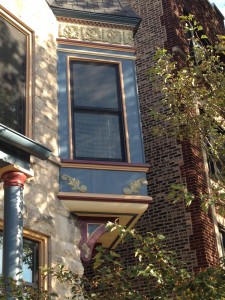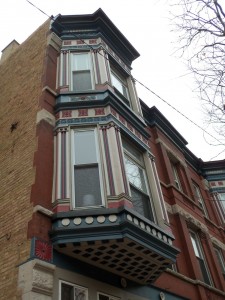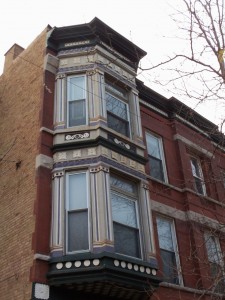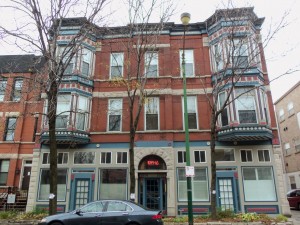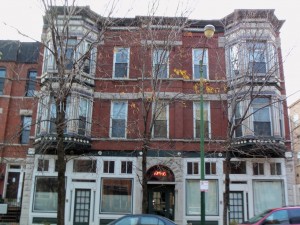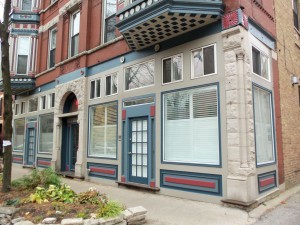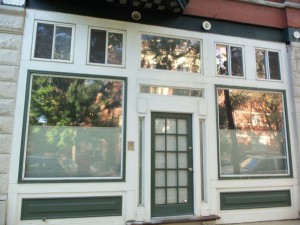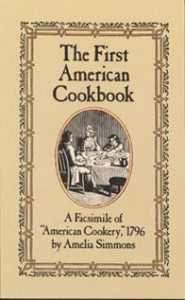Our Painting and decorating company recently put the finishing touches to the façade of an historic row house in Chicago. The façade had a metal cornice and crown, five windows, a front entrance and a porch. As you can see from the Before picture, the façade was very subdued. The client felt that the façade did not do justice to the character of the house nor the beloved Mid-Century style of his interior décor.
With the client’s involvement, we developed a 5-color palette that introduced the Mid-Century style of the interior decorating of the house. The client’s passion for this particular style is rooted in his childhood with his grandparents. When he inherited their furnishings and other belongings, it started him on a quest to recreate those childhood memories in his own house. He did such an outstanding job at it that Houzz recently published a most interesting video on the interior of his house and the story behind its decorating elements. Click on this link to view the video.
By accident, it just so happened that the colors selected for the project happen to closely match colors that can be found in the Pantone color pairings for the 2016 Color of the Year, shown on this link . When we do color consultation, listening to the client is key to insure a successful result, in this case a result that reflects his personality and décor preferences, as well as beautifies the façade of his house.







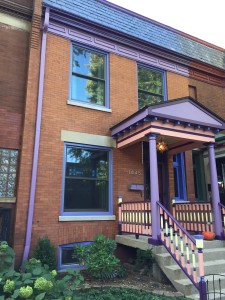
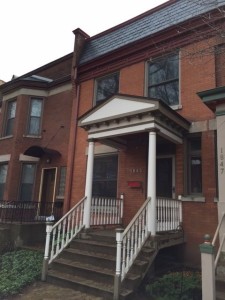
 Follow
Follow

